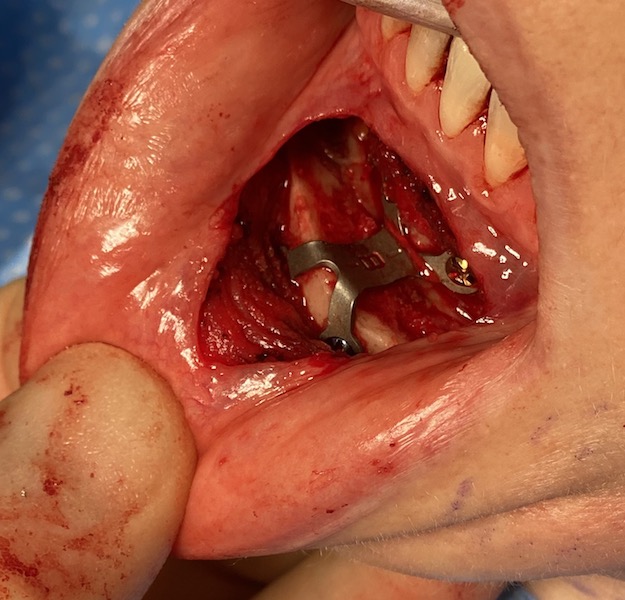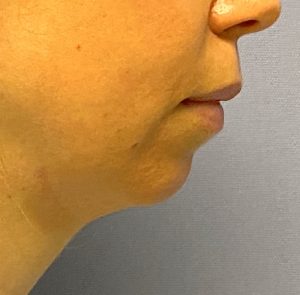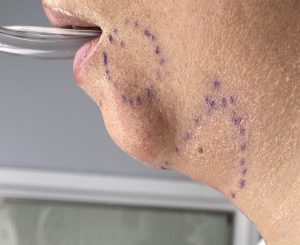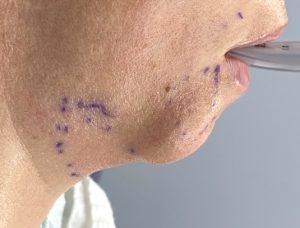Background: While chin augmentation is a commonly performed facial reshaping procedure, there are some basic concepts about it that can be overlooked. First, there are gender differences between what the ideal chin position may be. Too often this is overlooked in women who are far more likely to end up over corrected than under corrected. Secondly, in very deficient female chins postoperative accommodation to the change can be sometimes challenging. It serves everyone well to do preoperative computer imaging to see what the potential accommodation change amount is.
In very short chins the sliding genioplasty has several advantages over a chin implant particularly in a female. When the chin is significantly short it is angled backwards. Placing an implant on an incline loses some of its intended horizontal augmentation effect but, more importantly, creates undesired vertical elongation. There is nothing a standard chin implant can do to prevent that change because of the platform that it sits on. A sliding genioplasty moves the angled chin bone forward and up obviating any lengthening effect.
The sliding genioplasty in the very short chin also has an improved effect on the neck beyond what an implant can do. By moving the chin bone forward it pulls the upper neck muscles that are attached to it. This not only lengthens the anterior bony jawline but stretches out the muscle and soft tissues that make up the submental neck region further enhancing the neckline. When this is combined with submental liposuction the maximal neck reshaping effect is created.
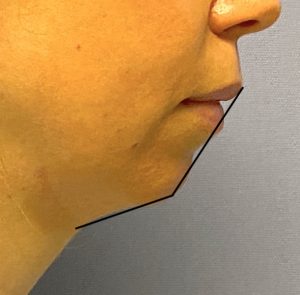
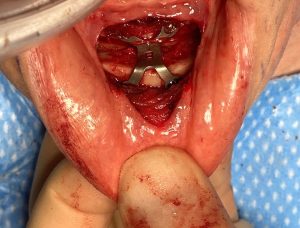
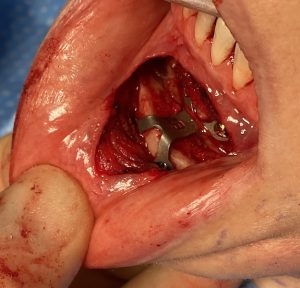
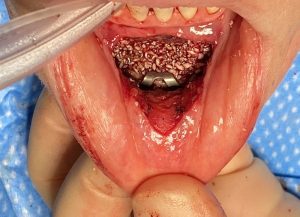
Submental liposuction was then performed to improve the shape of the chin advancement. (sharpen the cervicomental angle)
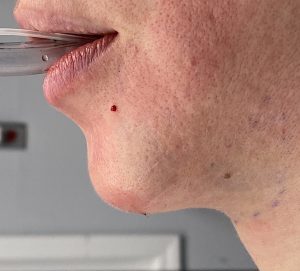
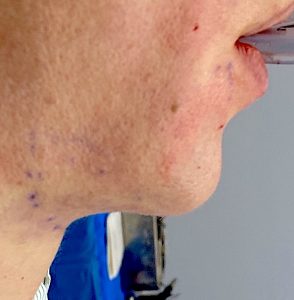
Trying to ‘normalize’a very deficient female chin is usually an aesthetic mistake. It is simply too big of a change from their lifelong reference point. Preoperative computer imaging from at least two different facial angles can help determine how much change will be tolerable.
Case Highlights:
1) Major chin advancements, particularly in females, should be done by a sliding genioplasty to avoid undesirable widening and elongation of the chin.
2) In major female chin advancements the gonion of the chin is angled back and the mental foramen has a high canal position compared to the mental foramen exit. This is why chin implant often don’t work well.
3) Female chin advancements must avoid over correction, particularly in really short chins, where the patient may not recognize themselves with a so called normalized chin position.
Dr. Barry Eppley
Indianapolis, Indiana

